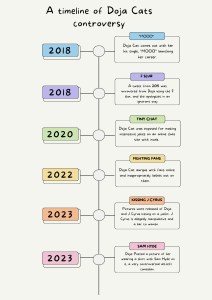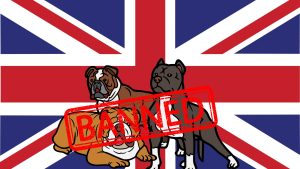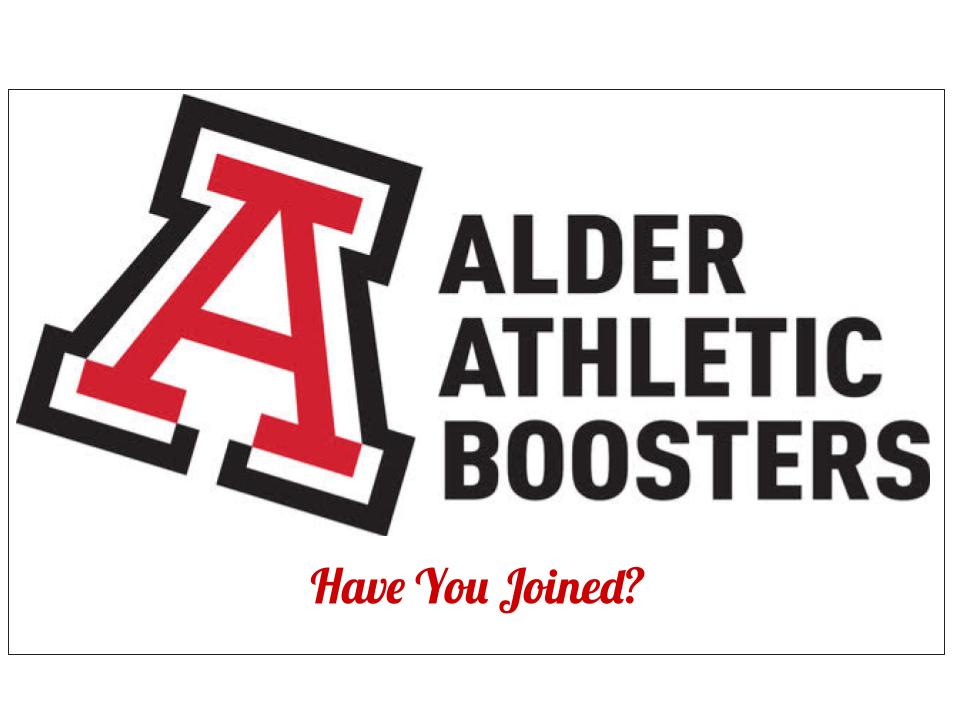The Goud(a) and the Bad: The Pros and Cons of Eating Cheese

November 20, 2018
The deliciousness of some gooey cheese is out of this world, but have you ever thought about what you are really eating? According to the American Heart Association, if you eat over an ounce of cheese a day you can lower your risk of a stroke by 3%.
Cheese has a lot of benefits for the human body: it contains good bacteria and fatty acid; most cheeses are also naturally low-fat and low-sodium.
According to a 2017 article from Medical News Today, “Cheese is a good source of calcium and protein, but it can also be high in saturated fats and sodium.” It is important to know the health benefits and the health risks of cheese.
The consumption of cheese in the United States has tripled since the 1970s. On average, people eat 30 pounds of cheese every year, which excludes all cheese snacks (Cheetos, Combos, Doritos, etc).
There are a lot of benefits to eating cheese, but there are also risks to eating certain cheeses. The worst ingredients that cheese can hold are sodium and trans-fats.
One of the worst cheeses that people are eating and don’t realize how bad it is, is American cheese. Some brands such as Kraft can contain trans-fats in their cheeses. One slice of American cheese can contain 0.3g of trans-fats. Trans-fats can raise your cholesterol and give you a greater chance of heart disease. This is a result of cheese clogging arteries. Some cheeses contain so much salt that it can clog your arteries, which can lead to a heart attack.
When you are making macaroni and cheese, it always says to pour in the “cheese” flavoring. The reason it says this is because it is not real cheese. For something to be considered “real cheese,” it needs to contain more than 51% cheese. When you eat cheese, you might want it to be real cheese.
There are pros and cons to eating too much or too little cheese, but the best thing you can do is know what you are putting into your body, so you feta watch your health!








